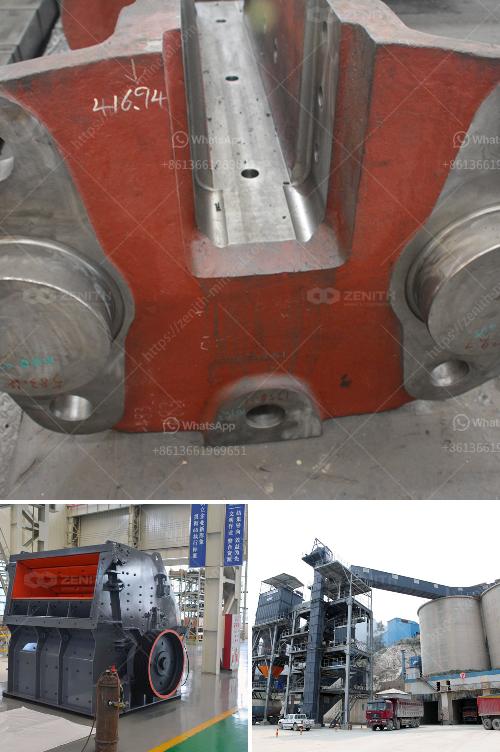Improving the performance of a coal crusher involves several strategies and considerations. Here are some detailed steps and methods to enhance the efficiency and effectiveness of a coal crusher:
1. Regular Maintenance and Inspection
- Routine Checks: Regularly inspect the crusher for wear and tear. Check for any signs of damage or unusual wear patterns on the crusher's components.
- Lubrication: Ensure that all moving parts are properly lubricated to reduce friction and wear.
- Replacement of Worn Parts: Replace worn-out parts promptly to prevent further damage and maintain optimal performance.
2. Optimizing Feed Size
- Uniform Feed: Ensure that the feed size is consistent and within the crusher's design specifications. Irregular feed sizes can cause blockages and reduce efficiency.
- Pre-Screening: Use pre-screening techniques to remove fines and smaller particles before they enter the crusher. This reduces the load on the crusher and improves its efficiency.
3. Adjusting Crusher Settings
- Gap Settings: Adjust the gap settings of the crusher to ensure that the output size is consistent with the desired specifications. This can help in achieving a uniform product size and reduce the need for re-crushing.
- Speed and Stroke: Optimize the speed and stroke settings of the crusher to match the material characteristics and desired output.
4. Upgrading Crusher Components
- Advanced Materials: Use wear-resistant materials for critical components such as liners, hammers, and jaws. This can extend the life of the crusher and reduce downtime.
- Modern Technologies: Incorporate modern technologies such as hydraulic adjustment systems, automated control systems, and real-time monitoring to enhance performance and reduce manual intervention.
5. Improving Operational Practices
- Training: Train operators on best practices for operating the crusher. Proper training can help in identifying potential issues early and taking corrective actions.
- Load Management: Ensure that the crusher is not overloaded. Overloading can cause excessive wear and reduce the lifespan of the crusher.
6. Implementing Dust Control Measures
- Dust Suppression Systems: Install dust suppression systems to reduce the amount of dust generated during the crushing process. This can improve the working environment and reduce wear on the crusher.
- Enclosures and Ventilation: Use enclosures and proper ventilation to contain and manage dust within the crushing area.
7. Energy Efficiency
- Energy-Efficient Motors: Use energy-efficient motors and drives to reduce power consumption and improve overall efficiency.
- Variable Frequency Drives (VFDs): Implement VFDs to control the speed of the crusher motor. This allows for better control over the crushing process and can lead to energy savings.
8. Monitoring and Analytics
- Real-Time Monitoring: Use sensors and monitoring systems to track the performance of the crusher in real-time. This can help in identifying issues early and taking corrective actions.
- Data Analytics: Analyze performance data to identify trends and areas for improvement. Use this data to make informed decisions about maintenance and operational practices.
9. Process Optimization
- Material Flow: Optimize the material flow within the crushing plant to ensure that the crusher is fed consistently and efficiently.
- Integration with Other Equipment: Ensure that the crusher is well-integrated with other equipment in the plant, such as conveyors, screens, and feeders, to create a seamless and efficient process.
By implementing these strategies, you can significantly improve the performance of a coal crusher, leading to increased efficiency, reduced downtime, and lower operational costs.

